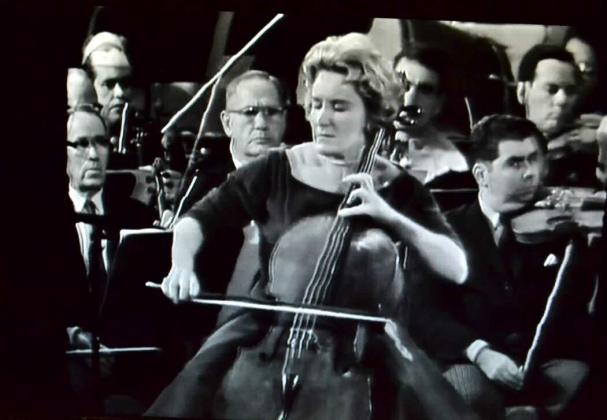For this week’s musical journey, “The Road to Paris, first presented in January 18, 1962, with Leonard Bernstein, we are taken to Paris via Carnegie Hall, New York City to enjoy compositions by George Gershwin, an American, Ernest Bloch, from Switzerland, and Manuel de Falla, from Spain, an international meal.
The Cibola Arts Council has been sharing this historic course in music appreciation with us each Friday at 4 P.M. for a few months. Leonard Bernstein obviously enjoyed presenting new artists, encouraging them with their art, helping them with their careers, and sharing his love of music with the public through his series, New York Philharmonic Young People’s Concerts.
The compositions by Gershwin, Bloch and de Falla were heavily influenced by trends in the Paris art scene of their day. Debussy and Ravel so impressed the young artists with their new, fresh works that were influenced by impressionism and the Parisian art community that they felt it imperative to be in Paris and take part in that important period in the evolution of art.
We may be most familiar with George Gershwin’s composition, “An American in Paris”, from the 1952 film of the same name starring Gene Kelly and Leslie Caron. In Gershwin’s famous piece he gives us his own experience, the things he loved about Paris. You can hear the orchestra’s portrayal of “the taxi horns, the wine, the fun, the cafés, the homesickness, and all the rest of it.”
His American expressions leaning to jazzier sounds but combined with Parisian influences produced the Gershwin classics “Rhapsody in Blue”, “Concerto in F”, and the opera “Porgy and Bess”, besides “An American in Paris”. And to hear the different musical French influences and expressions of the same notes played by Debussy and also by Gershwin, you just have to listen to Bernstein’s Road to Paris, or attend a Young Peoples Concert some Friday afternoon. What Gershwin uses to express taxis Debussy uses to paint a musical image of dreamy sailboats.
Ernest Bloch, educated in Switzerland, Belgium, Germany, and America was of Jewish heritage, and this heritage was his strongest influence.
“Many people believe that his only truly great works are those that grew out of those Hebrew roots. Works like his “Symphony Israel”, and his “Sacred Friday Night Service”, his “Three Jewish Poems for Orchestra”, and greatest of all, his “Rhapsody for Cello and Orchestra”.”
In “Schelomo”, or Solomon, meaning peace, Bloch expresses his Hebrew roots, but with a French influence, similar to Gershwin’s, an impressionistic sound, with blurry chords. “Splendor is certainly one thing we always think of in connection with King Solomon. This splendor is made even more splendid by the kind of orchestration Bloch uses”.
World renowned cellist, Miss Zara Nelsova, accompanied the orchestra in playing “Schelomo”. It’s hard to tell which is more colorful, the compositions with their Paris influence, or Bernstein’s interpretation of Bloch’s composition, “Schelomo”.
The final master composer was Spain’s Manuel de Falla. “His roots are so Spanish you can see them above ground like the roots of a great oak” Bernstein quipped. Even though the Spanish Gypsy sounds are distinctive, the French impressionist influence can be heard in the typically Spanish dances from Falla's ballet “The Three-Cornered Hat”. A Spanish folk dance called the farruca, is played in “The Miller’s Dance”, and the final composition is another dance, a jota.
The musical world has been heavily influenced by the Parisian atmosphere. Bernstein named other artists from around the musical globe who traveled to France for the Paris experience. Villa-Lobos from Brazil, Chávez from Mexico, Prokofiev and Stravinsky from Russia, Malipiero from Italy, and others all went to Paris to expand their prowess.

